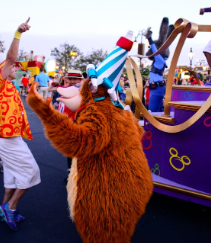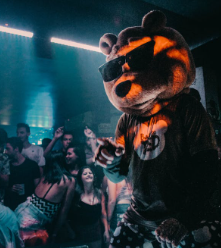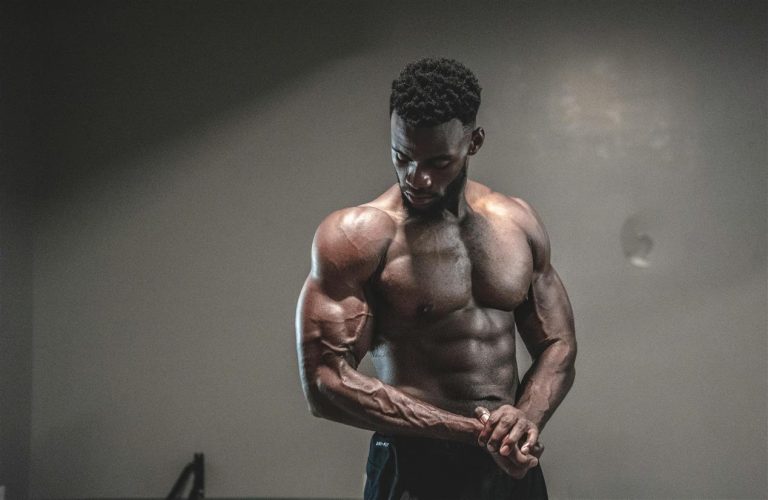
By the time Gritty skated into the Wells Fargo Center in 2018, sports mascots had been around for decades. But something was different. Gritty wasn’t just a mascot; he was a phenomenon—a chaotic, wide-eyed orange blur who instantly became more than a representation of the Philadelphia Flyers. He was a meme, a symbol, and an unlikely social media darling.
This wasn’t a one-off event. Gritty marked a turning point in how teams approach mascots—not merely as sideline cheerleaders or costumed distractions for kids, but as living extensions of brand identity, social commentary, and digital-age entertainment.
From Sidelines to Center Stage
For much of their history, mascots played second fiddle. They danced during timeouts, posed for photos, and occasionally got ejected for hijinks. They were physical, silly, and entirely disconnected from the digital world. Think the San Diego Chicken or the original Mr. Met—lovable, yes, but hardly front-page material.
Today’s mascots are different. They have Twitter accounts. They post selfies, roast rival teams, and engage in meme warfare. They show up in unexpected places—riding subways, crashing weddings, or taking over city streets. And when they do, they rack up likes, shares, and mentions, not just from fans but from people with no connection to the sport at all.

Meme Culture Meets Marketing Strategy
At the heart of this shift is the collision of sports marketing and internet culture. Memes thrive on absurdity, humor, and relatability—the very elements that can turn a mascot from a costumed performer into a viral icon. Teams have recognized this and leaned into it, embracing a kind of irreverence that’s rarely found in more traditional branding efforts.
The Atlanta Braves’ mascot Blooper is a good example. He’s bizarre, loud, and self-aware—qualities that resonate perfectly with Gen Z and younger Millennials raised on TikTok and Reddit humor. Blooper’s antics often make little sense in the context of baseball, but that’s the point. He’s not selling the game itself; he’s selling an attitude.
This isn’t just about social media clout. It’s about relevance in a media landscape where attention is fleeting and loyalty is earned through cultural presence as much as on-field performance.
Mascots as Symbols of Local Identity
While meme culture fuels their online personas, mascots still serve as powerful reflections of place and community. The best ones are deeply tied to local identity, not just in name or design, but in spirit. Think of the Chicago Bulls’ Benny the Bull—brash, bold, and unmistakably tied to the city’s swagger. Or Pierre the Pelican of the New Orleans Pelicans, whose initially nightmarish appearance was a strange but fitting match for the surreal character of New Orleans itself.
In some cities, mascots have taken on lives of their own. Gritty, again, is the clearest case. He has appeared on protest signs, late-night television, and magazine covers. He’s not just a hockey mascot; he’s a Philadelphia icon, embodying the city’s defiant, unpolished charm.
The Business Behind the Fur
Behind every successful mascot is a calculated marketing effort. Costume design, character development, and content strategy are often managed with the same precision as player recruitment or ticket pricing. Teams invest significant resources into mascot branding, understanding that in a saturated market, personality can be a powerful differentiator.
Licensing, merchandise, and digital content provide substantial revenue streams. Kids want plush toys. Teens want meme-worthy content. Adults want nostalgia. A single mascot can bridge all three, creating a continuum of engagement that few other elements of sports branding can match.
The Risks of Going Viral
But leaning into internet culture comes with risks. Memes age quickly. What feels edgy one week can feel stale—or offensive—the next. Teams walk a fine line between being relevant and being ridiculous. There’s also the potential for backlash. A mascot gone wrong can attract the wrong kind of attention, as was the case with the first version of Pierre the Pelican, whose horror-movie face prompted a redesign within months.
Authenticity is key. Audiences can sense when a mascot’s personality is forced or inauthentic. The best online personas evolve naturally, guided by fans as much as by social media managers. Gritty worked not because he was meticulously planned, but because fans instantly saw something of themselves in him—awkward, bold, and slightly chaotic.
Mascots Beyond Sports
As their influence grows, mascots are popping up in new places. Some have crossed into political and cultural spaces. Others have collaborated with brands, artists, or musicians. In Japan, mascots known as yuru-chara represent cities, towns, and even tax agencies, becoming beloved characters with lives well beyond their original purpose.
North American sports teams are watching and learning. The line between mascot and influencer is blurring, and it’s entirely possible we’ll see mascots headlining campaigns, releasing music tracks, or starring in shows—moving far beyond the ballpark and into full-blown entertainment territory.

Conclusion: The Mask Is the Message
In an era when sports teams are no longer just sports teams—but lifestyle brands, cultural players, and content engines—mascots have emerged as surprisingly effective ambassadors. They transcend language, politics, and even the game itself. They’re flexible, funny, and remarkably enduring.
And while the mascot’s surface—bright colors, googly eyes, oversized heads—might seem like kid’s stuff, their function in the branding ecosystem is anything but simple. They’re avatars of local pride, voices of irreverence, and increasingly, mirrors of the online world we live in.
As the digital landscape continues to shift, one thing seems certain: the age of the modern mascot has only just begun. They may wear the same big shoes, but they’re marching to a very different beat.






